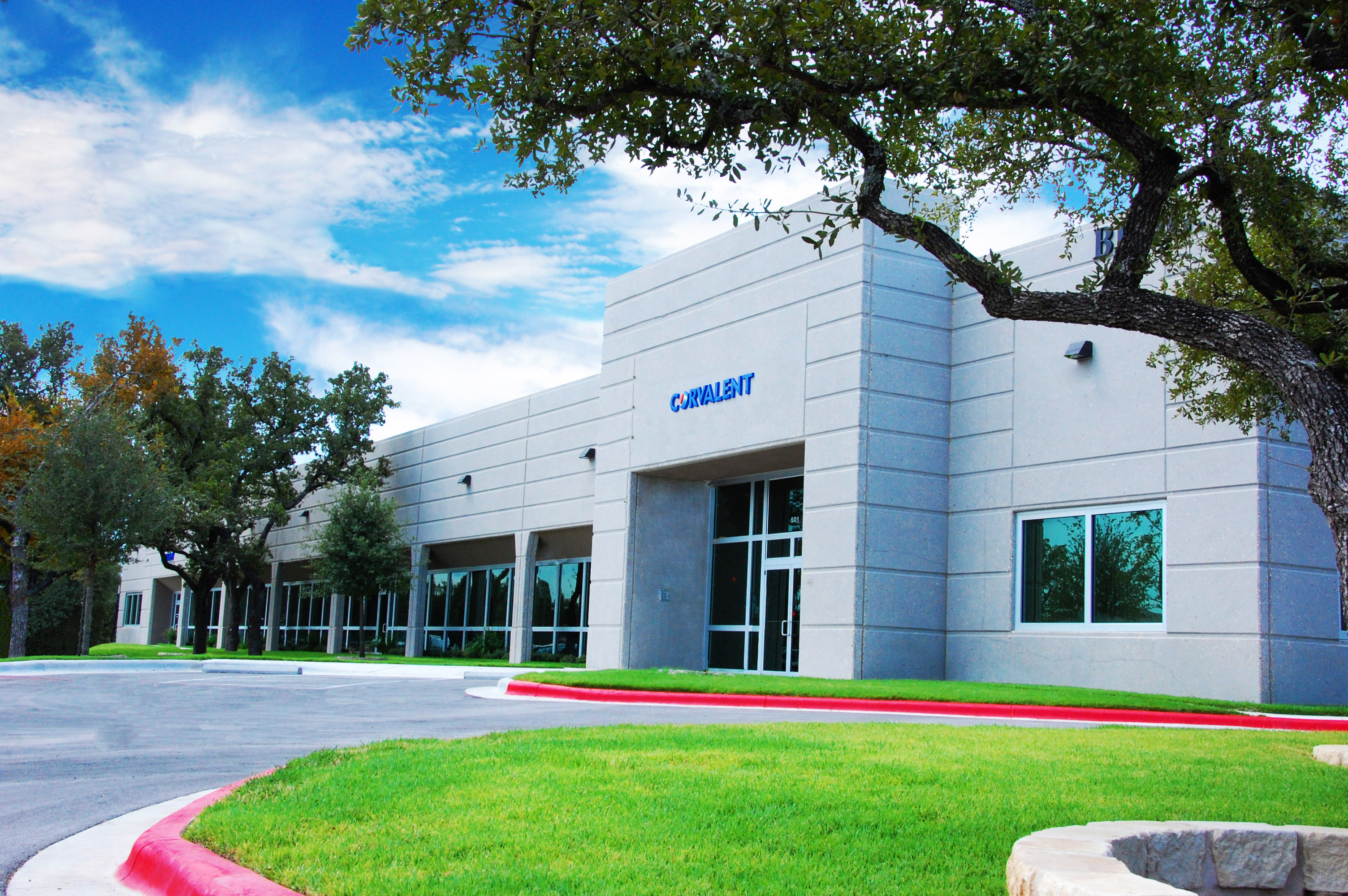Understanding the Federal Reserve Rate Cut
| Corvalent
As the CEO of Corvalent Corporation, I'm here to share some insights on the recent interest rate cut by the Federal Reserve and what it means for the numerous manufacturing sectors we do business with. While there are challenges ahead, there are also significant opportunities, and we at Corvalent are committed to supporting our customers every step of the way.
The Basics of the Rate Cut
The Federal Reserve's decision to cut interest rates is a strategic move to stimulate economic growth. By lowering the cost of borrowing, the Fed hopes to encourage consumer spending, business investment and industrial production, and more importantly, the backbone of our nation. For manufacturers and end-users, this could mean more affordable loans and leases, which are crucial for financing new equipment and technology.
Impact on Leasing Costs
Leasing equipment is a major expense for many in the manufacturing and service sectors. Even a 1% difference in interest rates can significantly affect financial decisions. A lower rate means reduced leasing costs, allowing businesses to allocate their budgets more efficiently. This can free up resources for other critical areas, such as research and development or expanding production and service capabilities.
Challenges for Capital Equipment Manufacturers
However, it's important to recognize the challenges that come with high interest rates. Capital equipment manufacturers have faced increased costs, affecting their competitiveness and operations. The recent rate cut offers some relief, but strategic planning is essential to navigate these waters. At Corvalent, we are dedicated to providing innovative solutions to help our partners maintain a competitive edge when it comes to product supply and allocation.
Managing Operating Cash Costs
Another area impacted by interest rates is the cost of operating cash. Many manufacturers rely on revolving lines of credit linked to prime rates. These can become burdensome when rates are high, straining industrial production. The recent rate cut can alleviate some of this pressure, but it's crucial for businesses to manage their finances carefully. Our team is here to support you in optimizing bottom line financials by ensuring steady production levels.
Global Rate Disparities and Competitive Pressures
The disparity between US interest rates and those of other countries presents unique challenges. Higher domestic rates can drive US financial institutions to lose business to foreign lenders offering more favorable terms. This can put capital equipment customers at a disadvantage on the global stage, facing competitive pressures due to elevated borrowing costs to their customers (end-users). It's a reminder of the importance of strategic production planning and exploring various lending options for end-users.
Considering Equipment Imports
In response to these financial pressures, some companies are exploring the option of importing equipment from countries with more attractive interest rates. While this can offer short-term benefits to users, it also impacts domestic manufacturers. At Corvalent, we are actively engaging with industry partners to explore viable options that support domestic production while considering global economic dynamics.
Credit Access for End Customers
Finally, the ability of end customers to secure credit under higher interest rates remains a concern. The rate cut by the Federal Reserve provides some relief, but access to credit is still a critical factor for businesses looking to invest in necessary equipment and technology. We are committed to fostering strong supplier relationships to ensure on time product availability for our customers.
A Positive Outlook for the Future
Despite the challenges, I am optimistic about the potential for growth and investment in the manufacturing sector. The recent interest rate cut offers a glimpse of opportunities ahead, and Corvalent is dedicated to leveraging our expertise to support our customers through this evolving financial landscape. We believe in the business resilience, technology and innovation of the manufacturing sector and are here to help our partners succeed.
In conclusion, while the path forward requires careful navigation, the opportunities are substantial. At Corvalent, we are committed to supporting you through these changes, helping you capitalize on the potential for growth and continued success in the manufacturing industry.
About the Author
